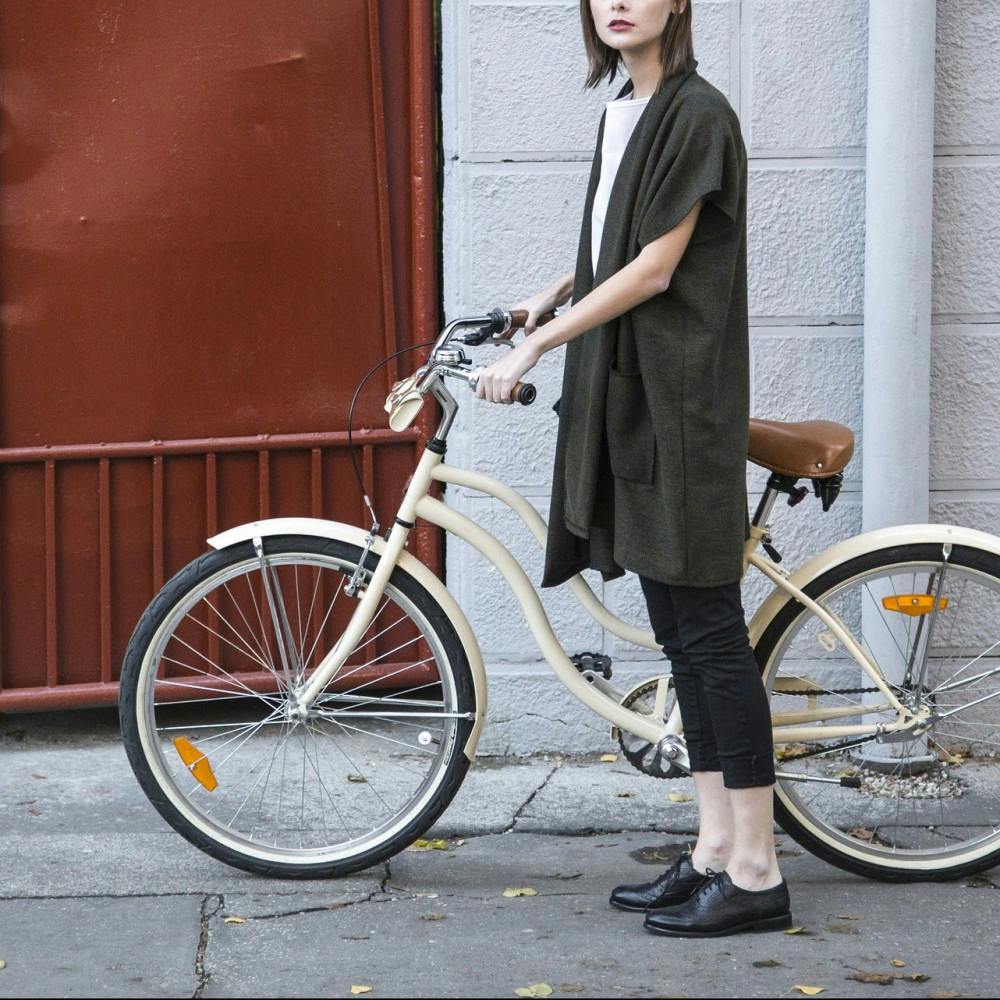By: Sydney Rushing
Copenhangen, Denmark has long been my dream city to visit, live in, and experience. This will not come as a surprise to my closest friends; in fact, it may be met with an eye roll because I talk about the subject so frequently. But who could blame me? How could I not be fascinated by a country that consistently tops the list as one of the happiest and most sustainable in the world?
Copenhagen, the capital of and largest city in Denmark, is known for its old charm, colorful buildings, gourmet pastries and appreciation for all things cozy- in other words, ‘hygge’. Pronounced “hoo-ga”, the popular Danish concept embodies the feeling one gets when enjoying a warm drink, reading a book, listening to the rain, sitting beside the fire with loved ones, or any other ordinary moment which is “simple, yet rendered beautiful by our attention.” In Meik Wiking’s New York Times best-selling book, "The Little Book of Hygge; Danish Secrets to Living Happy", he writes, “In other words, what freedom is to Americans...hygge is to Danes,” a term intricately woven into the fabric of the country and its culture.
Trust is another concept which is not taken lightly in Denmark, and it’s an “invisible resource in the Danish society. It means fewer social conflicts and crime because it creates a sense of harmony that increases happiness and security.” Additionally, Danes enjoy free public health care, no-fee- high quality education, in home care for senior citizens, and subsidized child care services. However, this safety net comes at a high price. Danes may pay up to half their yearly earnings in taxes, particularly on imported goods, petrol, and automobiles. The rich culture of the country and its citizens commitment to it contributes to an overwhelming sense of contentment and happiness in Denmark. The country values genuine connection and slowing down to enjoy all the small pleasures life has to offer, which contributes to a healthier, more sustainable country
In 2009, the City Council in Copenhagen set and adopted a goal to become the world’s first carbon neutral city by 2025 as a part of its CPH 2025 Climate Plan. In an effort to reach their goal, the city has switched all homes to more energy efficient heating and cooling systems which run on an electric grid. After the 1973 oil crisis, the country began exploring alternative and cleaner energy resources, and today, “more than two-thirds of Denmark’s renewable energy comes from bioenergy, which is energy stored in organic material or biomass.” The city has also capitalized on its windy weather by harnessing its energy with wind turbines placed across the countryside. Currently, 30 percent of all energy in Denmark comes from renewable resources such as solar power and geothermal energy in addition to bioenergy.
Copenhagen’s super cycle highways focus “on reducing emissions and improving the health of its residents by improving mobility, [and] integrating transport”. Nine out of ten Danes own a bike and most children learn to ride a bike before they are old enough to enter school. In the 1980’s, the cargo bike was invented in Copenhagen as a way for people to carry bulk items by bike. Today, the cargo bike is used throughout the country and the majority of families with two to or more children own one to carry groceries and often kids from place to place. The design features a large box/cart in front of the handlebars with two wheels at the front of the bike and one at the back end. In Denmark, it is understood that “over time, concerns about air pollution, climate change, and the need for desk-bound people to get enough exercise, have helped bicycles make a big comeback.”
Not only does Denmark encourage people to bike throughout the country and especially within the city of Copenhagen, the country also provides the proper infrastructure and environment to enable people to do so. Copenhagen has invested in bike expressways, wider lanes, safe crosswalks with timed lights, appropriate signage, and most importantly, an interconnected grid of trails across the city. When designing the city, urban planners took the safety and wellbeing of cyclists seriously and valued access to affordable public transportation over the automobile. The intentional placement of paths and their efficiency has allowed Danes to bike from home to work to the grocery store and back all by bike trail.
The “hygge”, or intentionality and attention to small details, have even found their way into the urban fabric of Copenhagen. Foot rests can be found along trails especially near crosswalks so bikers can lean one foot against them to rest rather than fully dismounting their bicycle. Additionally, bike pumps are situated at appropriate spots along the trails. If it is too far to bike somewhere or a trail can’t take you there, cycling paths run near public transportation stops to allow people to combine multiple types of transit to get where they need to go. Amazingly, in Denmark “cyclists reduce CO2 emissions by 20,000 tons a year, on average.”
So what does all this mean for other countries which have not yet prioritized or integrated green practices into their cities? Perhaps for the United States, Denmark might act as a successful model of social, economic and environmental sustainability. Clearly, slowing down and experiencing hygge has served the Danes well. Maybe it's time we as Americans pause to observe how we are feeling rather than packing our days from sun up to sun down with a never ending to-do list. Taking care of our bodies now will save us greatly in health care bills down the road and also contribute to a happier and more fulfilling existence in between.
It can be difficult to compare a small country like Denmark to a large one like the United States, especially when tackling a topic as complex as climate change. Bike trails are not a realistic connection between cities in the United States. Still, the emphasis Copenhagen places on public transportation and bike riding provides a helpful model for cities such as New York, Chicago and Boston.
Copenhagen's investment in their built environment and infrastructure has made their transition away from cars not only smooth but effective. Urban planners are tasked with the important and exciting job of shaping cities to enable people to make environmentally conscious and healthy decisions. These decisions will be especially important moving forward as they will set the tone for how the United States will face and overcome the pressing issue of climate change.
Enjoy what you're reading?
Signup for our newsletter
Cover photo courtesy of Pixabay




